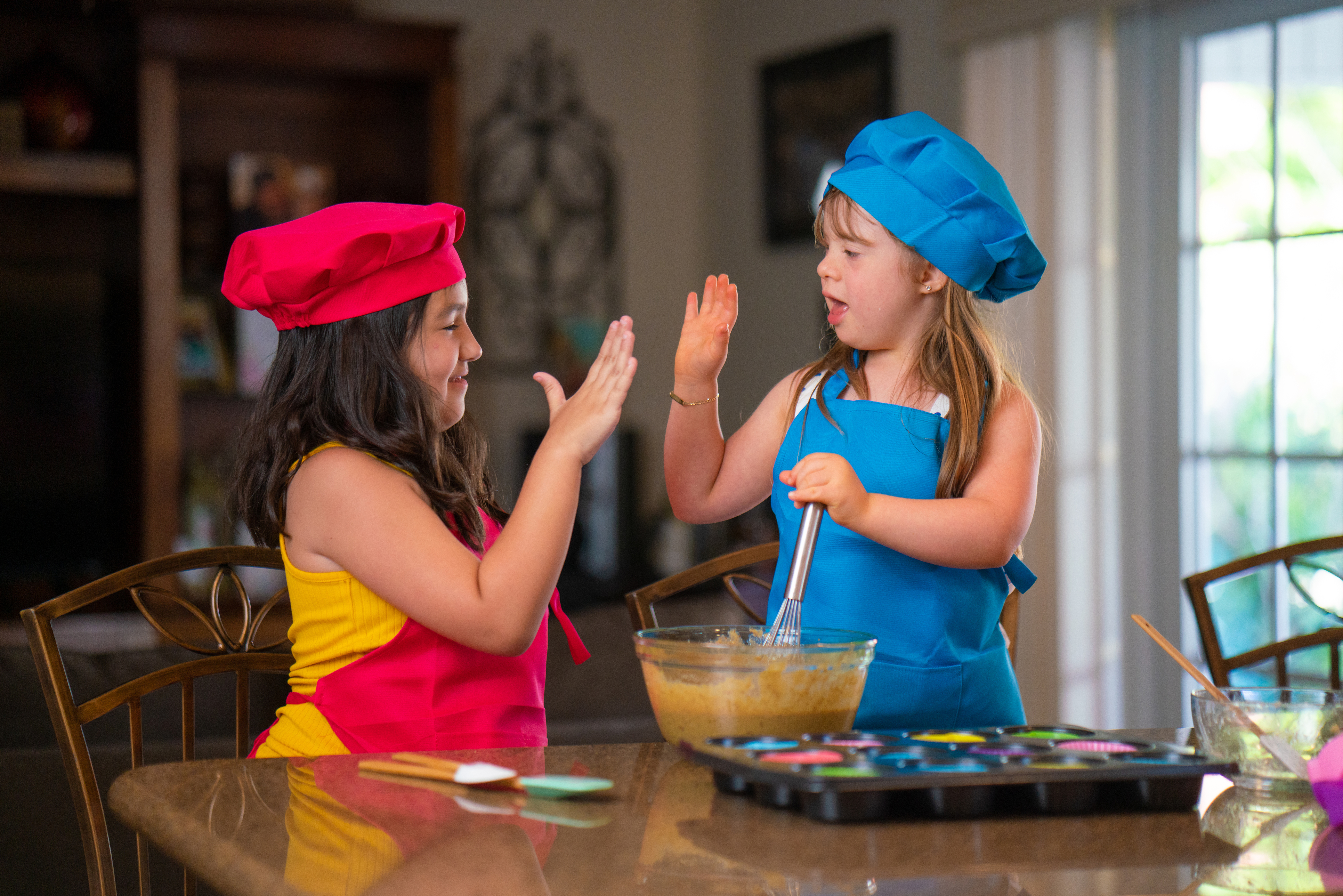 Return to Articles
Return to Articles
2.29.2024
Teaching Children to Make Healthy Choices

While it is important to teach children to make healthy choices at an early age, the language that adults use to refer to foods is critical. Using intentional language that children can understand is especially important when they have decision-making power, such as when choosing a snack.
Language Matters
While young children may know and use the term "healthy," they cannot explain reasons for choosing healthy snacks or from where they get their ideas about health. They have a tough time understanding abstract words such as "healthy." Simple phrases such as "this snack is good for you," can also be confusing for a young child because there is no context for the word "good."
Adults understand terms based on the context in which they are used. For example, the term "good," can be about taste, health or even its perishable quality, depending on its context. Therefore, using the terms "good" and "bad" to describe a snack to a young child should focus only on taste, not nutritional value or health.
The use of terms "healthy" and "unhealthy" can be taught using concrete definitions that are simple for young children.
- Healthy foods are foods that "help keep my heart, muscles and bones strong."
- Unhealthy foods are foods that "do not help keep my heart, muscles and bones strong, even if they taste good."
To help children select healthy foods, those that "help keep my heart, muscles and bones strong," it is recommended that parents and teachers use the National Heart, Lung and Blood Institute's GO, SLOW and WHOA foods classification system.
Teachers and families can reinforce the messages about "healthy" and "unhealthy" food by repeating these phrases at home and in the classroom. There is a sense of pride and ownership for children when they use words such as "healthy" and "unhealthy." They are then more likely to use these terms and make food choices.
Learn More
To learn more about nutrition and physical activities resources for children, visit the Healthy Kids Resource Center. The Healthy Kids Resource Center is a one-stop-shop for evidence-based research, resources, curricula, activities and materials that focus on obesity prevention for teachers and parents of young children. It is designed to educate parents and teachers as well as provide the tools needed to teach young children how to live a healthy lifestyle. Toolboxes are provided on topics of Nutrition, Physical Activity, and Body Image. Within these sections you will find educational fact sheets on relevant topics such as energy balance, cardiovascular health, eating healthy, reducing sedentary behavior, physical literacy and living healthy at any shape or size. Teachers and parents are provided with their own sections full of easy-to-use resources such as activities, games, lessons, videos, music and dances which are free to use at home or in the classroom. In conjunction with various community partners, you will find a calendar of upcoming community health events geared towards young children, legislation and best practices, statewide programming efforts and contact information for organizations invested in keeping our children healthy. We hope this is a valuable resource for promoting and creating opportunities to establish healthy eating and physical activity habits at an early age.
CREDITS
This article was created for the Healthy Kids Resource Center, extension.unredu/healthykids, and funded in part by USDA's Supplemental Nutrition Assistance Program (SNAP). The USDA is an equal opportunity provider and employer. UNR Extension FS-21-85. Available online at https://extension.unr.edu/healthykids/pub.aspx?PubID=2893.
REFERENCES
- Lanigan J. D. (2011). The substance and sources of young children's healthy eating and physical activity knowledge: implications for obesity prevention efforts. Child: Care, Health and Development, 37, 368-376.
- Charlesworth, R. (2004). Understanding child development. Clifton Park, NY, Delmar Learning.
- Sigman-Grant, M., Byington, T.A., Lindsay, A.R., Lu, M., Mobley, A.R., Fitzgerald, N., & Hildebrand, D. (2014). Preschoolers Can Distinguish between Healthy and Unhealthy foods: The All 4 Kids study. Journal of Nutrition Education and Behavior,46 (2), 121-127.






